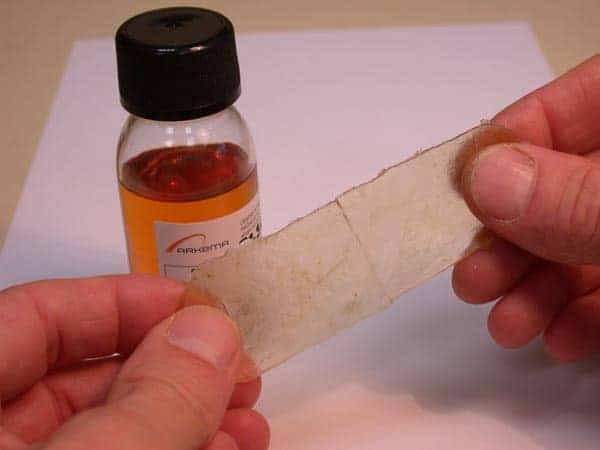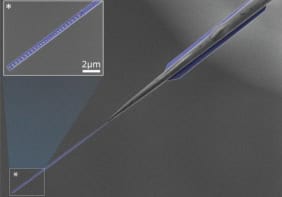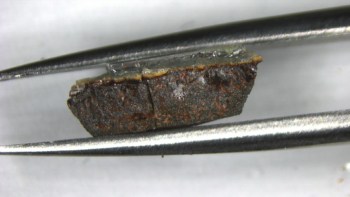
Rubbery materials can be easily stretched, but it is not easy to mend them when they break, as anyone who has ever had a punctured car tyre will know. Now, however, researchers in France have created a unique new rubber-like material that can “self-heal” at room temperature. If the material is snapped in half, the two torn pieces can be made to mend themselves simply by bringing the broken surfaces back in contact with each other (Nature 451 977).
The new “supramolecular rubber” has been created by Ludwik Leibler and colleagues at the Ecole Supérieure de Physique et Chimie Industrielles (ESPCI/CNRS) in Paris, France. It consists of “fatty acids” — short chains of carbon atoms — linked together via hydrogen bonds to form a macroscopic 3D network. The material behaves just like an ordinary rubber in that it can stretch to several times its normal length when pulled.
But if the material is cut in half, the two broken pieces of the rubber can self-heal when brought together and simply held in contact for a few minutes. The fracture mends and the material can be stretched and pulled in all directions again. “It is important to stress that the material is not self-adhesive,” Leibler told physicsworld.com. “The surfaces of the material are never sticky to the touch and feel like a rubber band or a plastic bag. Self-mending is possible even 12 hours after the fracture occurred.”
Magic healing
Conventional rubbers usually consist of long polymer chains linked together by chemical bonds. However, the new material consists of small molecules that can link to two or more other molecules through hydrogen bonds, which are much weaker. If the material is fractured, any “open” hydrogen bonds on the surface of the broken material seek out other non-linked open hydrogen bonds, allowing the two broken halves to reform.
“The potential applications are manifold,” say Justin Mynar and Takuzo Aida of the School of Engineering at the University of Tokyo, writing in the same issue of Nature. “Tears in clothes that effectively stitch themselves together, long-lasting coatings and paints for houses and cars, and to take one example on the medical front, self-repairing artificial bones and cartilage.”
Other applications include adhesives and cosmetics, in ink-jet printing, electronics and building materials for the construction industry. The work was carried out in collaboration with the chemical company Arkema, which is now planning to commercialize some products and materials based on this supramolecular technology.



